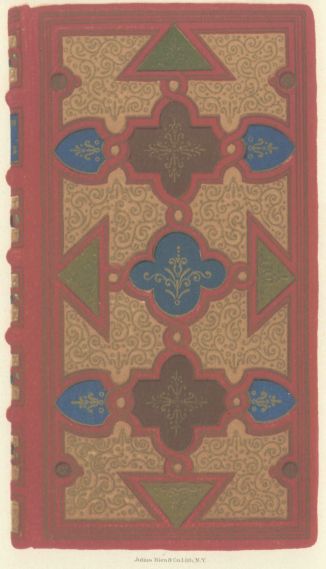
Bats Aid in Protecting Irreplaceable Manuscripts in 18th-Century Portuguese Library

Title: Bats and Books: The Magical Ecosystem of Portugal’s Biblioteca Joanina
Located within the University of Coimbra in Portugal is one of the world’s most magical libraries, famed not only for its 18th-century splendor and a collection of over 60,000 rare and historical texts — but also for an unexpected yet essential community of nighttime guardians: bats. The Biblioteca Joanina, celebrated as a Baroque architectural masterpiece, is internationally recognized not only for its cultural and educational importance but also as one of just two libraries known to effectively incorporate its bat residents into the safeguarding of precious literary heritage.
A Baroque Treasure Rich in History
Erected in the early 1700s under King João V of Portugal’s patronage, the Biblioteca Joanina stands as a tribute to the Enlightenment and the value of knowledge. With ornate arches, elaborate woodwork, and towering two-story shelves, the library encapsulates the magnificence of the Baroque period. Its white stone exterior set against lavish interior artistry reveals the grandeur within — a realm where historic records converge with artistic beauty.
However, beyond its visual and historical charm, Biblioteca Joanina conceals a more practical secret behind its robust, 6-foot stone walls.
Nature’s Nocturnal Curators
As night falls and after the last guests have left, swaths of bats emerge from the depths of Biblioteca Joanina’s decorative shelves. Their task? To seek out beetles, moths, and other insects that silently threaten age-old manuscripts.
These flying guardians are not just simple cohabitants. They are integral to the library’s preservation efforts, providing a natural method of pest control that steers clear of harmful chemicals or invasive remedies. Documented since at least the 19th century, their unexpected utility was first acknowledged by library caretakers. To mitigate the issues associated with having these aerial companions, librarians have established a practical routine: each night, they drape the antique tables with sturdy leather covers — historically sourced from Russia — safeguarding the surfaces from bat droppings. Each morning, any traces are meticulously cleaned, and the covers are rolled away.
The library’s open windows permit the bats to glide into the adjacent palace gardens at night for water, before returning to their hidden roosts tucked behind bookshelves and architectural alcoves.
Meet the Library’s Flying Residents
The bats residing in Biblioteca Joanina are predominantly European free-tailed bats (Tadarida teniotis) and soprano pipistrelles (Pipistrellus pygmaeus). These species favor historic structures and possess varied diets, which make them adept at shielding delicate parchments and bindings from insect-related threats. Their insectivorous habits are vital for preserving documents that span centuries.
Experts like bat biologist Hugo Rebelo from the University of Porto note that similar colonies thrive in another historic Portuguese site: the Library at the National Palace of Mafra, just north of Lisbon. There, just like in Coimbra, bats continue their covert, symbiotic roles — a living proof of nature-integrated preservation’s sustainability.
Echoes in the Twilight
While the bats generally remain concealed during daylight, visitors to Biblioteca Joanina may occasionally witness their activity on rainy afternoons, when some stir early, vocalizing in bursts of chirps and clicks that resemble an enchanting form of song. These sounds contribute to the library’s magical ambiance — an auditory reminder of the living ecosystem that nourishes its collection.
Enhancing the surreal atmosphere are periodic classical concerts held in the evenings, perfectly synchronized with the bats’ twilight appearances. As the music resonates through the library’s vaulted spaces, its echoes blend with the whispers of fluttering wings and ancient stillness — an ephemeral symphony of nature, history, and harmony.
A Living Legacy of Conservation
Biblioteca Joanina transcends being merely a storehouse of ancient knowledge — it is a vibrant symbol of adaptive conservation. In an era increasingly depending on technological answers, this centuries-old library exemplifies the strength of ecological cooperation. The bats, undisturbed and unfazed, persist in deterring pests while generations of scholars and inquisitive minds delve into the preserved pages of Portuguese, European, and global history.
Amid its rare manuscripts, soaring embellishments, and scholarly acclaim, it is perhaps this fragile equilibrium between architecture and the animal kingdom that renders Biblioteca Joanina truly unparalleled.
To plan a visit or discover more, check out the University of Coimbra’s official tourism site: https://visit.uc.pt/en/
Images:
– Exterior of Biblioteca Joanina. (Photo: University Square, via Wikimedia Commons, CC 2.0)
– Inside of Biblioteca Joanina (Photo: xiquinhosilva, via Wikimedia Commons, CC 2.0)
– European free-tailed bat (Photo: Emanuel Yellin, via Wikimedia Commons,